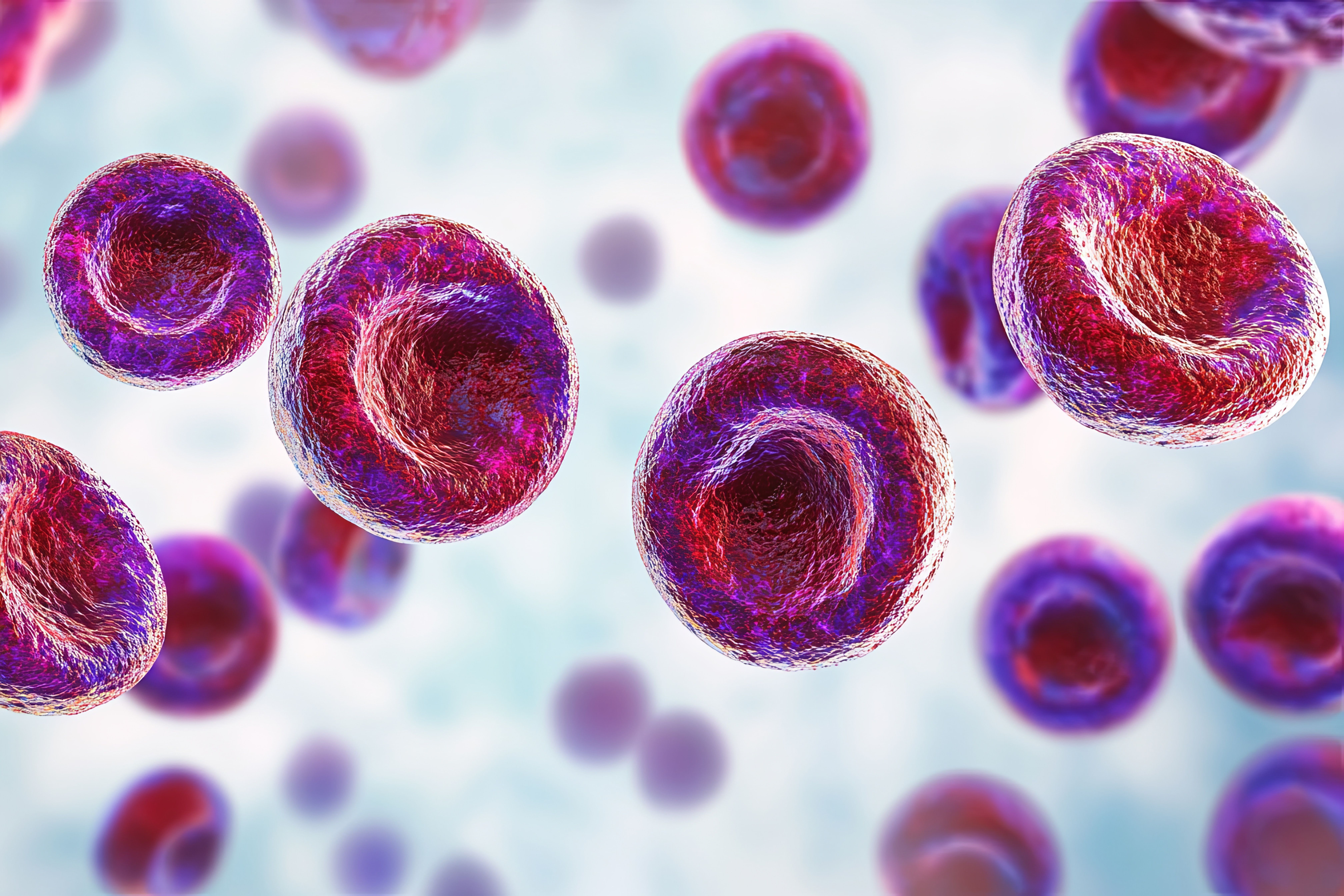Article
How Smartphone Cameras Can Lead to Pediatric Dermatology Diagnosis
Author(s):
A recent study indicates that parents are able to take high-quality photos of their child's skin condition to send to a dermatologist for an accurate diagnosis.
A recent study commissioned by the Children’s Hospital of Philadelphia (CHOP), indicates that parents are able to take high-quality photos of their child’s skin condition to send to a dermatologist for an accurate diagnosis.
The authors concluded that use of an at-home photo to diagnose a skin condition could greatly improve access to care. The results of the study were published in JAMA Dermatology on November 15, 2017.
“Our study shows that, for the majority of cases, parents can take photographs of sufficient quality to allow for accurate teledermatology diagnoses in pediatric skin conditions. This is important because pediatric dermatologists are in short supply, with fewer than 300 board-certified physicians serving the nation’s 75 million children,” said Patrick McMahon, MD, pediatric dermatologist at CHOP and senior author of the study, in a statement.
Between March and September 2016, 40 families participated in the study. A photography instruction sheet was provided to 20 families, while the other 20 received no instructions. The majority of parents used an Apple iPhone, while the rest used an Android. The sample represented a wide range of children under 18, ethnicities, socioeconomic backgrounds, as well as equal numbers of boys and girls.
Researchers compared diagnoses made during in-person visits with photograph-based diagnoses made by a separate clinician. Of the 87 images submitted, the researched found that 83% of the time, the photograph-based diagnosis was concurrent with the in-person diagnosis. Due to poor photographic quality, 3 images did not result in a conclusive remote diagnosis. When considering the photographs that were high-quality enough to make a diagnosis (37 families), there was an 89% accuracy in diagnosis. These results are consistent with previous literature studying teledermatology in adults.
The study noted that skin complaints represent between 10%-30% of the 200 yearly pediatric office visits. “Our findings suggest that telemedicine could improve access for patient families who have geographic, scheduling, or financial limitations, as well as reducing wait times,” said McMahon.
Reference
O’Connor DM, Jew OS, Perman MJ, et al. Diagnostic accuracy of pediatric teledermatology using parent-submitted photographs [published online November 25, 2017]. JAMA Dermatol. 2017; doi:10.1001/jamadermatol.2017.4280.





